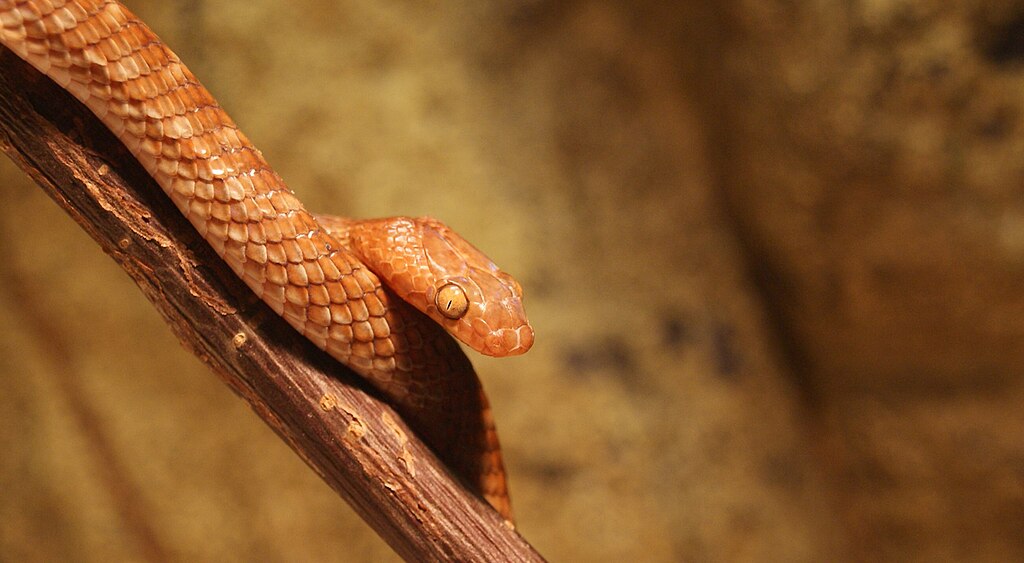In the vast tapestry of wildlife diversity, some species exhibit behaviors so specialized and extraordinary that they challenge our understanding of animal adaptations. Among these remarkable creatures is a fascinating phenomenon rarely observed by human eyes: certain snake species that spend virtually their entire existence within the confines of a single hollow log. This lifestyle, so drastically different from the wide-ranging movements we typically associate with serpents, represents one of nature’s most specialized ecological niches. These reclusive reptiles have adapted their bodies, behaviors, and life cycles to thrive in extremely limited spaces, demonstrating the incredible plasticity of evolutionary adaptation. Their story reveals how, in the constant push for survival, some species find success not by conquering vast territories, but by perfecting life within the smallest of domains.
The Microhabitat Specialists
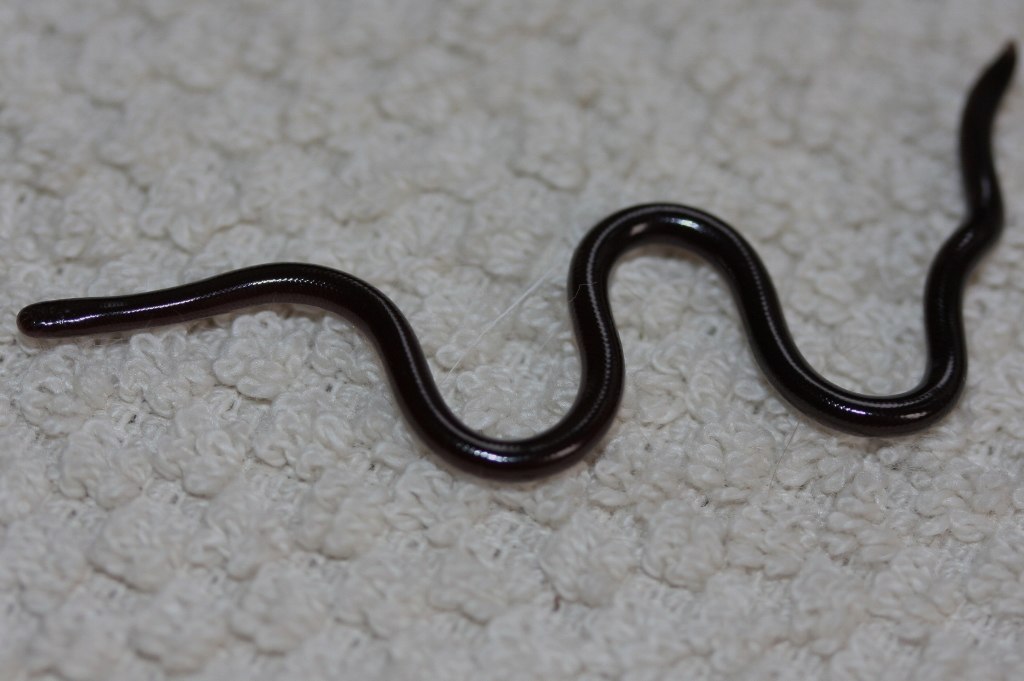
Several snake species have evolved to become specialists in what ecologists call “microhabitats” – extremely small, specialized environmental niches. Rather than ranging across diverse environments as many snakes do, these log-dwelling species have adapted to thrive within extremely confined spaces. The Brahminy blind snake (Indotyphlops braminus) and certain small species of earth snakes are among those that may spend their entire lives within a single decomposing log or similar confined space. These snakes have developed specialized physiological and behavioral traits that allow them to extract everything they need from their miniature kingdoms. Their specialized existence represents an evolutionary strategy that prioritizes stability and resource efficiency over mobility and range.
Anatomical Adaptations

Log-dwelling snakes exhibit striking anatomical features that reflect their specialized lifestyle. Most noticeably, they tend to be extremely small, with many species measuring just inches in length and having pencil-thin bodies that can navigate the tight crevices within decomposing wood. Their skulls are often reinforced and slightly flattened, allowing them to push through tight spaces and compacted soil within their wooden homes. Many species have reduced eyes covered with scales – some are practically blind, relying instead on chemical sensors and touch to navigate their dark environments. Their scales are typically smooth and highly polished, reducing friction as they move through tight spaces and helping them conserve energy during movement.
The Perfect Ecosystem
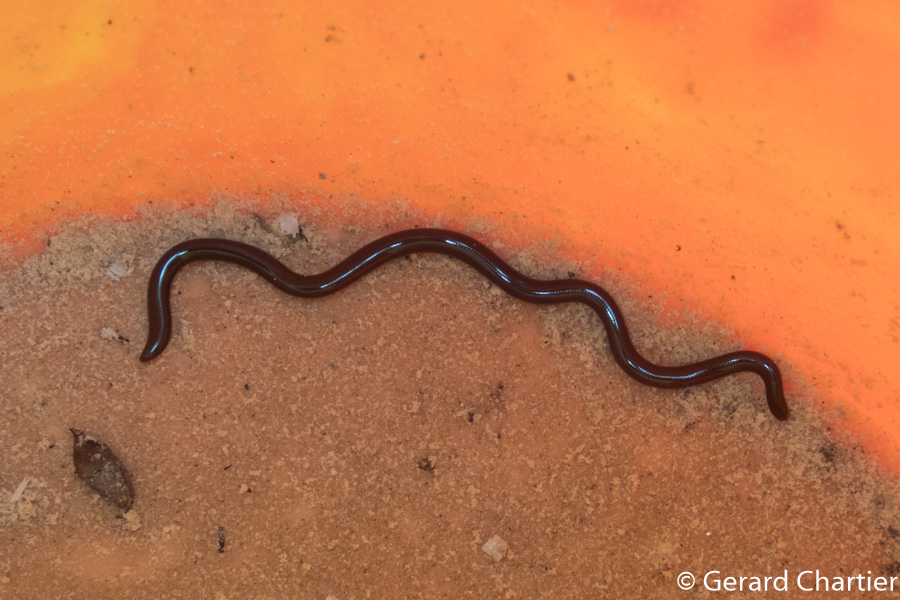
A decomposing log represents a complete ecosystem in miniature, offering everything these specialized snakes need to survive. As wood breaks down, it creates a moisture-rich environment that helps the snake avoid desiccation – a critical concern for small reptiles with high surface-area-to-volume ratios. The decaying organic material attracts a variety of invertebrates such as termites, ants, beetle larvae, and earthworms, providing a steady food supply for the resident snake. Additionally, the log offers thermal benefits, warming slowly during the day and cooling gradually at night, helping the snake regulate its body temperature without needing to move between different microhabitats. Perhaps most importantly, the enclosed nature of the log provides protection from larger predators that cannot access these tight spaces.
Diet and Hunting Strategies
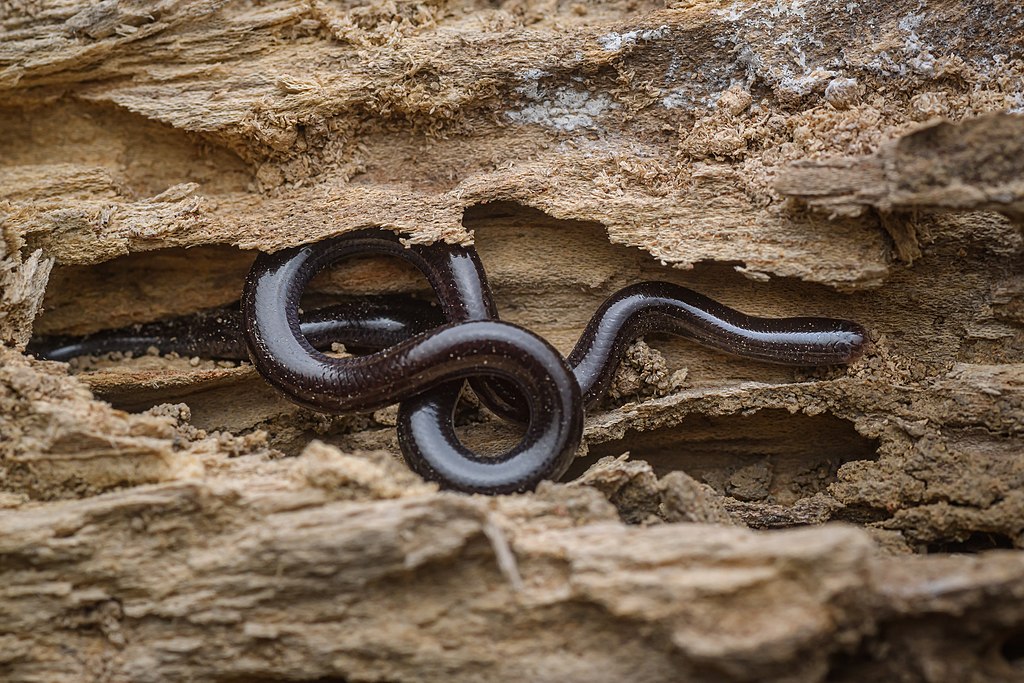
Log-dwelling snakes have evolved highly specialized diets that match the limited prey options in their confined habitats. Many subsist primarily on ant and termite eggs, larvae, and adults – tiny prey items that most larger snakes would ignore as insufficiently caloric. Some species have developed specialized jaws and teeth designed specifically for grasping slippery prey like earthworms or soft-bodied insect larvae. Rather than actively hunting across large territories, these snakes employ a sit-and-wait strategy, allowing prey to come to them as insects and other invertebrates move through the decomposing wood. Their low metabolic rates mean they can survive on relatively few successful feedings, sometimes going weeks between meals without ill effects.
Reproduction in Confinement
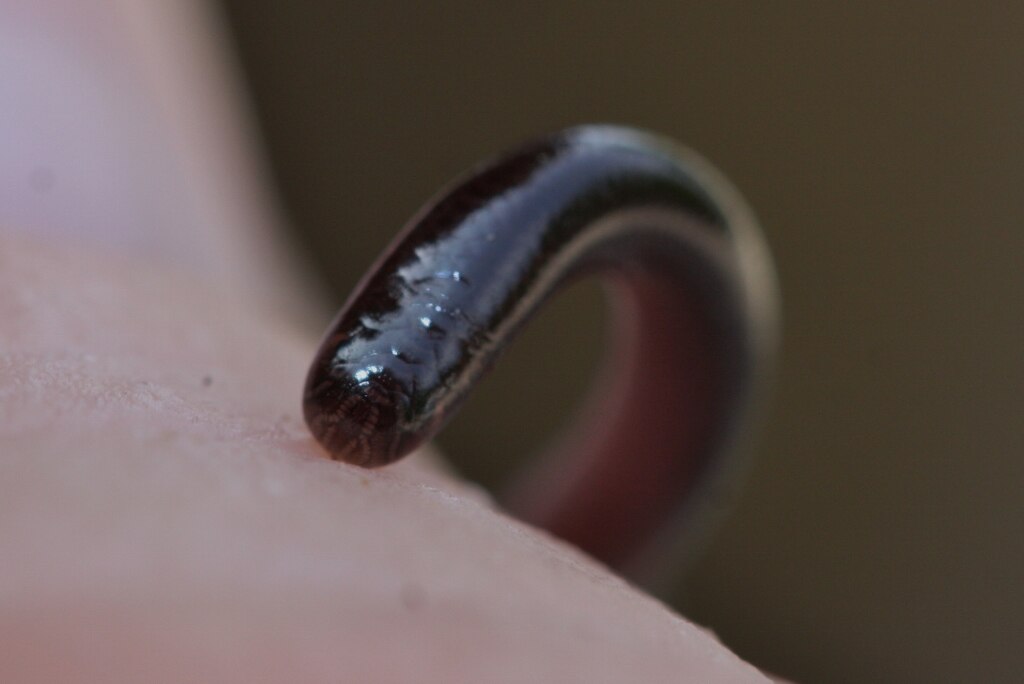
Perhaps one of the most fascinating aspects of log-dwelling snakes is their reproductive adaptation to confined spaces. Many species have evolved parthenogenesis – the ability to reproduce without mating – eliminating the need to find a mate in their isolated environment. The Brahminy blind snake, for example, consists almost entirely of females that produce viable eggs without fertilization. For species that do require mating, some have developed chemical signaling systems that allow males to detect receptive females over surprising distances, encouraging brief mating migrations. After mating, females typically lay very small clutches of eggs, sometimes just one or two, investing significant resources in each offspring rather than producing large numbers. These eggs are often deposited in the safest part of the log, where moisture and temperature conditions are optimal.
Growth Limitations
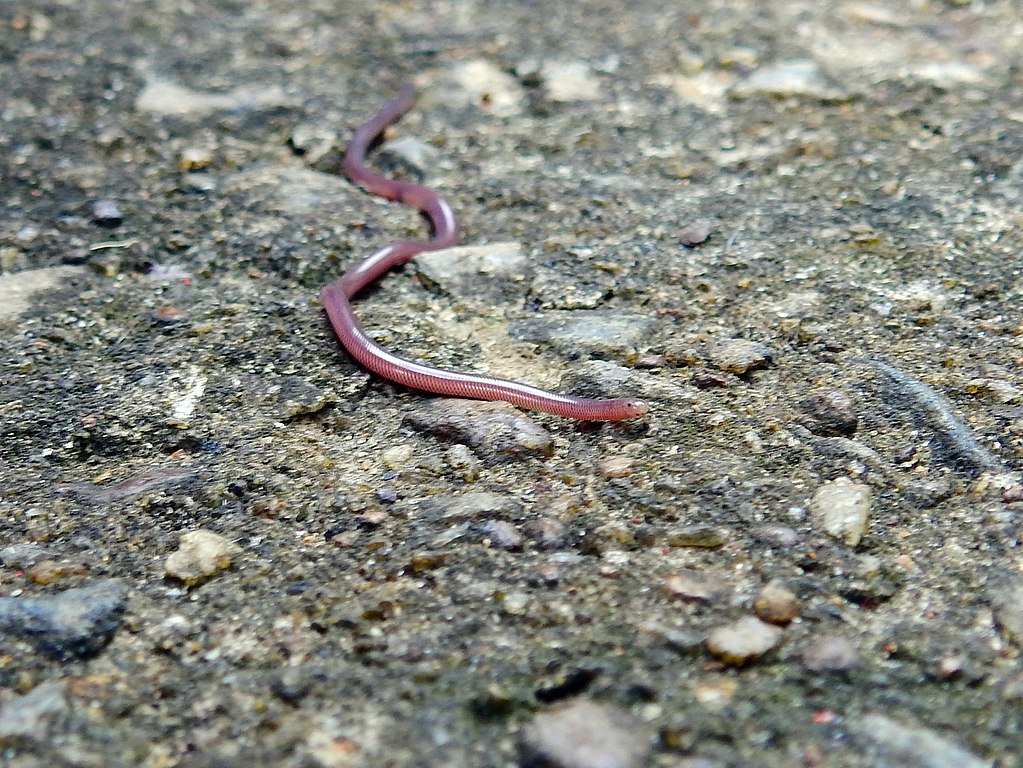
The confined nature of log habitats places significant constraints on the maximum size these snake species can attain. Natural selection has favored individuals that remain small throughout their lives, as larger specimens would find movement restricted and hunting difficult within tight spaces. Most log-dwelling species reach sexual maturity at extremely small sizes compared to other snakes, sometimes at just a few inches in length. Their growth rates slow dramatically after reaching maturity, preventing them from outgrowing their habitat. This limited size is a direct evolutionary response to their specialized lifestyle, demonstrating how habitat can directly shape physical development across generations.
Extreme Longevity
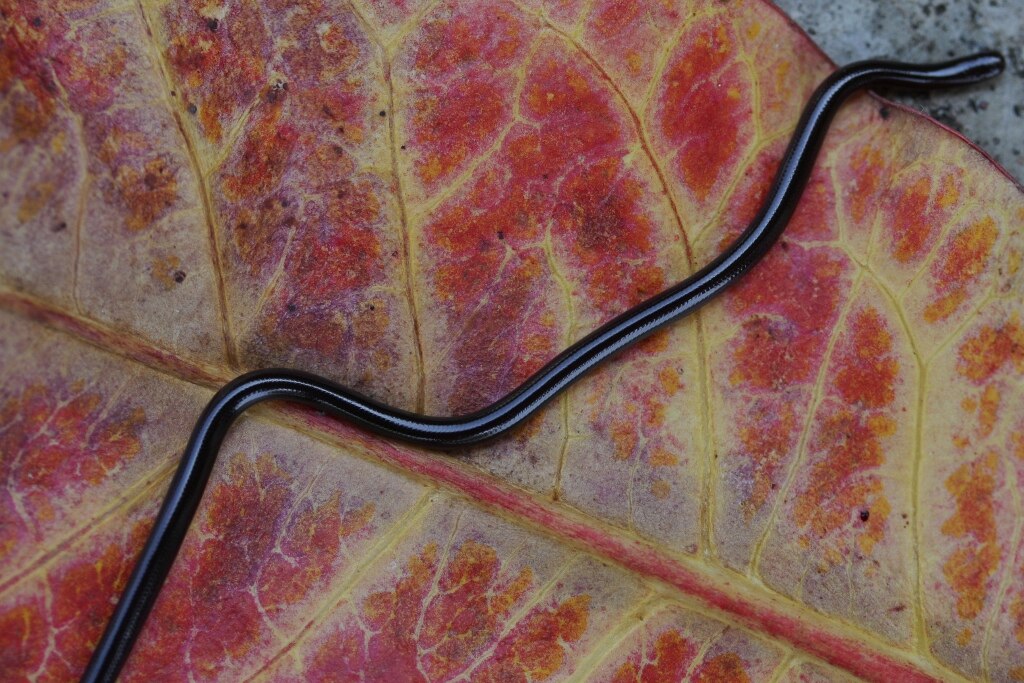
Many log-dwelling snake species compensate for their limited size and reproductive output with surprisingly long lifespans. Protected from predators and the elements, these snakes often live far longer than similarly-sized reptiles in more exposed habitats. Research suggests that some species may live for decades in their wooden sanctuaries, slowly growing and occasionally reproducing over many years. Their low metabolic rates, minimal movement requirements, and steady food supply contribute to this longevity. Scientists believe this extended lifespan represents an evolutionary trade-off – by reducing their reproductive rate and body size, these species gain the advantage of time, spreading their limited reproductive output across many years to maintain stable populations.
The Log as Fortress

The hollow log serves as both home and fortress for these specialized snakes, offering protection from numerous threats. The solid wood exterior shields against larger predators such as birds, mammals, and larger reptiles that would readily consume these small snakes in open environments. The enclosed space maintains stable humidity levels, protecting against dehydration – a common cause of death for small reptiles. During extreme weather events, the log provides insulation against both heat and cold, creating a buffer zone that maintains livable conditions despite external temperature fluctuations. Even during forest fires, the high moisture content of decomposing logs sometimes allows them to resist burning, creating survival pockets for their inhabitants while the surrounding forest burns.
Behavioral Adaptations
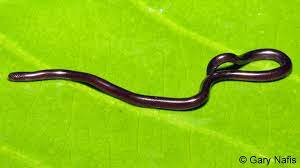
The behavioral repertoire of log-dwelling snakes is remarkably different from that of their more wide-ranging relatives. Most species exhibit extreme sedentary tendencies, sometimes remaining in exactly the same position for days or even weeks, moving only when necessary to capture prey or adjust their body temperature. They typically develop intimate knowledge of every crevice and chamber within their log, creating mental maps that allow efficient navigation without visual cues. Many species establish specific areas for different activities – a preferred hunting spot near an insect colony, a thermoregulation zone near the log’s exterior, and a secure retreat area for resting. This behavioral specialization allows them to maximize the resources within their limited domain while minimizing exposure to risks.
Ecological Importance
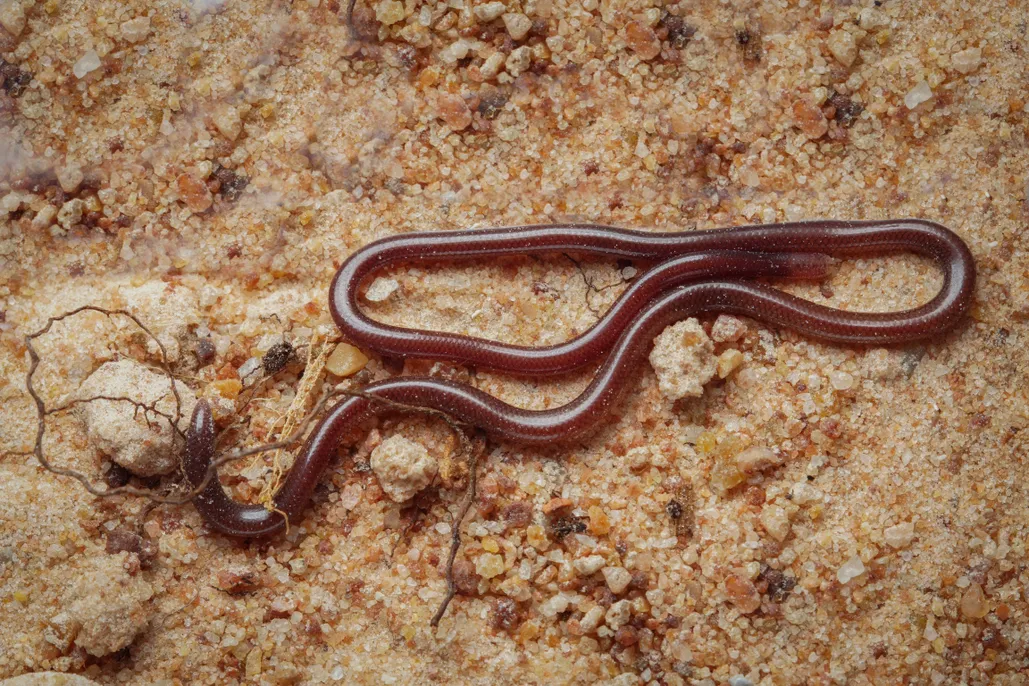
Despite their reclusive nature, log-dwelling snakes play crucial ecological roles within forest ecosystems. By controlling invertebrate populations within decomposing wood, they help regulate decomposition rates and nutrient cycling in forest floors. Their feeding activities can influence which decomposer species dominate within logs, potentially affecting how quickly nutrients return to the soil. As prey items themselves, they occasionally serve as food for specialized predators that can access their hiding places, forming important links in food webs. Additionally, their burrowing activities help aerate decomposing wood, potentially accelerating decomposition and creating microhabitats for other organisms within the log ecosystem.
Threats to Log-Dwelling Species
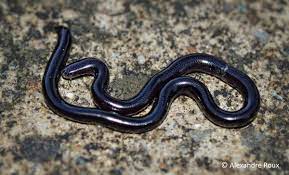
The specialized lifestyle of log-dwelling snakes makes them particularly vulnerable to certain environmental threats. Habitat destruction through deforestation removes both their homes and the surrounding ecosystem they depend upon. Even selective logging that targets dead or dying trees – precisely the habitat these species require – can be devastating to populations. Climate change poses another serious threat, as altered precipitation patterns affect moisture levels in decomposing wood, potentially making logs unsuitable for habitation. Some forestry practices, such as removing fallen logs to reduce fire risks or prevent pest outbreaks, inadvertently destroy critical habitat for these specialized reptiles. Their limited mobility means they cannot simply relocate when their log homes are destroyed, making local extinctions increasingly common.
Conservation Challenges
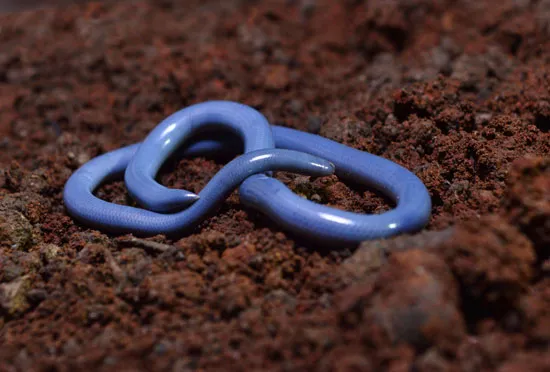
Conserving log-dwelling snake species presents unique challenges due to their secretive nature and specialized requirements. Many species remain poorly studied, with limited information about their population sizes, distribution, or specific habitat needs. Their small size and reclusive habits make traditional survey methods ineffective, leading to significant knowledge gaps that complicate conservation planning. Protected area designation alone is insufficient if forestry practices within those areas remove critical deadwood habitat. Some conservation programs now include specific deadwood management protocols, requiring the retention of a certain volume of fallen logs per hectare to maintain habitat for these and other deadwood-dependent species. Education efforts targeting foresters, landowners, and the public about the ecological importance of “messy” forest floors with abundant logs and debris are also critical components of conservation strategies.
In a world where animals are often judged by their visibility and charisma, the humble log-dwelling snake reminds us that nature’s most fascinating adaptations sometimes occur in the places we rarely see. These remarkable reptiles have mastered the art of living within extreme constraints, developing specialized bodies, behaviors, and life histories that allow them to thrive within the confines of a single wooden world. Their story challenges our understanding of what constitutes a successful evolutionary strategy and highlights the incredible diversity of solutions that have evolved to life’s challenges. As we work to protect biodiversity globally, these secretive serpents remind us that conservation must extend beyond the charismatic and visible to include the countless specialized species that have found their perfect niche in the world’s hidden corners.

